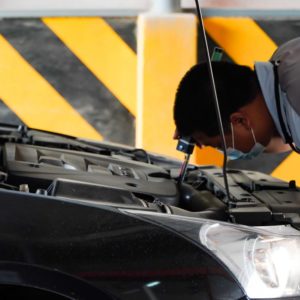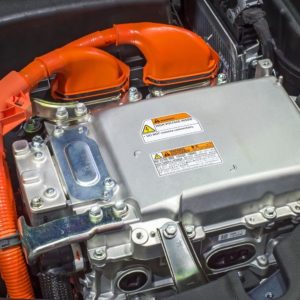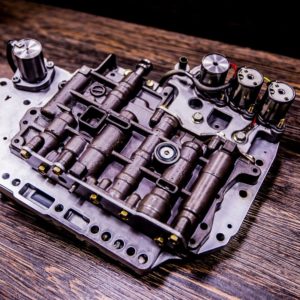A “no-start” condition isn’t uncommon. There’s a plethora of reasons why a vehicle wouldn’t start, and it can be hard to guess which one is causing your ride not to start. Fortunately, on-board diagnostic codes can help you identify the root cause of the issue. For example, P1604 is a diagnostic trouble code related to a startability malfunction.
What Does the P1604 Code Mean?
Diagnostic trouble code (DTC) P1604 stands for “Startability Malfunction.” It’s set when the powertrain control module (PCM) detects that the engine is not starting or taking too long to start.

P1604 is an inconclusive code that’s often logged alongside other trouble codes. It’s mostly logged on newer Toyota models.
If your scan tool retrieved a P1604 code, check other codes that come with it to pinpoint what’s causing the issue.
Note that most vehicles don’t log P1604. On many modern vehicles, the starter is operated by a relay controlled by the PCM whenever you turn the key to the start position. On these platforms, the PCM automatically uses the relay it controls to spin the starter and then releases it when the engine starts.
Note that most vehicles don’t log P1604. On many modern vehicles, the starter is operated by a relay controlled by the PCM whenever you turn the key to the start position.
–Richard McCuistian, ASE Certified Master Automobile Technician
But even when the starter is directly controlled by the ignition switch, the PCM knows when start is commanded and it also knows how long the engine spins before it starts. If the engine controller’s algorithms are programmed to set a code when the engine fails to start as expected, this code will be set.
Note: The definition of code P1604 may be different depending on the vehicle manufacturer. Consult the appropriate repair manual or repair database for the exact code definition.
What Are the Common Causes of the P1604 Code?
- Battery and starting system issues
- Clogged fuel filter (this, however, almost never causes a no-start)
- Low-quality fuel, contaminated fuel, or out of fuel
- Faulty PCM or electrical issues related to the PCM
- Ignition system issues (fouled spark plugs, etc.)
- Issues with certain PCM input sensors
- Mechanical engine issues
What Are the Common Symptoms of the P1604 Code?
- Illuminated check engine light
- Engine doesn’t start
- Engine starts but stalls

How to Diagnose the P1604 Code
Code P1604 doesn’t have a universal diagnostic procedure that would work for all vehicles. After all, car structures tend to vary depending on their manufacturer and model.
If you’re not sure how to diagnose the issue, it’s best to take your vehicle to an auto repair shop for a proper diagnosis. Otherwise, you can do it yourself.
How to Fix the P1604 Code
Resolving a P1604 isn’t easy, especially if you don’t have in-depth knowledge of the fuel management system. Your best option is to let a licensed mechanic fix the problem.
But if you’re confident that you can resolve the trouble code on your own, make sure to read up about this trouble code before starting. Resources like Chilton can give you vehicle-specific information that can help you fix code P1604.
Any information provided on this Website is for informational purposes only and is not intended to replace consultation with a professional mechanic. The accuracy and timeliness of the information may change from the time of publication.


















